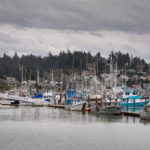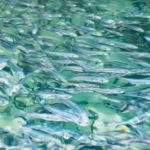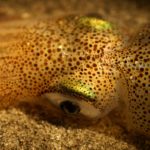POSEIDON
The Future of Global Fisheries
One fish, two fish… if only managing fisheries were quite that simple. But a healthy fish population means more than just counting the number of fish. Fish live in a dynamic and ever-changing ocean, and fishery management needs to be adaptive.
The current state of global fisheries is dire and needs to be improved for the health of the ocean. There are some very effective fishery management systems out there, but unfortunately, they are not able to be transferred to other global regions due to their costs and complexity.
However, thanks to new computer modeling technology and a better understanding about what drives fisherman to make the decisions they do, we are now able to pinpoint solutions that will keep our global fisheries strong and help local fishermen stay in business.
By fully understanding all of the complex factors that can impact the health of fish populations, we can prevent overfishing before it ever happens by developing management systems that work. That’s a win for wildlife, fishermen and our ocean.

A Complex Problem
The oceanic food web is complex and warming waters from climate change are impacting the ocean’s patterns and rhythms.
The oceanic food web is complex and warming waters from climate change are impacting the ocean’s patterns and rhythms. And our interactions with the ocean are changing too. The only thing we can say for sure is that the system is changing at an unprecedented pace.
Did you know? Our scientific understanding of how the environment affects fish stocks has never been better. We now have computer models that simulate everything from bacteria to whales.
As ocean temperatures rise, currents are shifting and many fish populations are chasing cooler waters further north. Generations of local fishermen are faced with the potential loss of their way of life, and entire ecosystems are impacted. Increasing levels of ocean acidification are also impacting shellfish and fish behaviors, further complicating the relationships within ecosystems.
This issue is complicated by the fact that the human component of the system has been largely ignored in our understandings of ecosystems. What makes fishermen do what they do? How do they make their decisions? While traditional economic models assume fisherman rationality in the face of clear economic incentives and high levels of information and foresight, behavioral economics and field experience teach us that reality is far more complicated. To address this, we will instead use an individual or “agent-based” modeling approach. In a number of fields, this approach is already replacing traditional methods that rely heavily on generalizations and aggregations—assumptions that make explaining and forecasting system behavior highly problematic in many contexts. We hypothesize that by better understanding the individual agents (e.g., fishermen) and the emergent dynamics at the system level, we can better understand the conditions in which stable, healthy regimes persist, what key factors drive the system toward or away from such regimes, and where the risks of instability or collapse lie.
This brings up the question: how can we reliably manage natural resources within such a complex ocean system?
Fishery management practices in the developed world will be challenged to keep pace with this change and resulting uncertainty, and in the developing world, management tends to be weak or absent altogether. We need new, highly adaptive management approaches capable of ensuring the resilience and productivity of the ocean system in the midst of rising uncertainty.
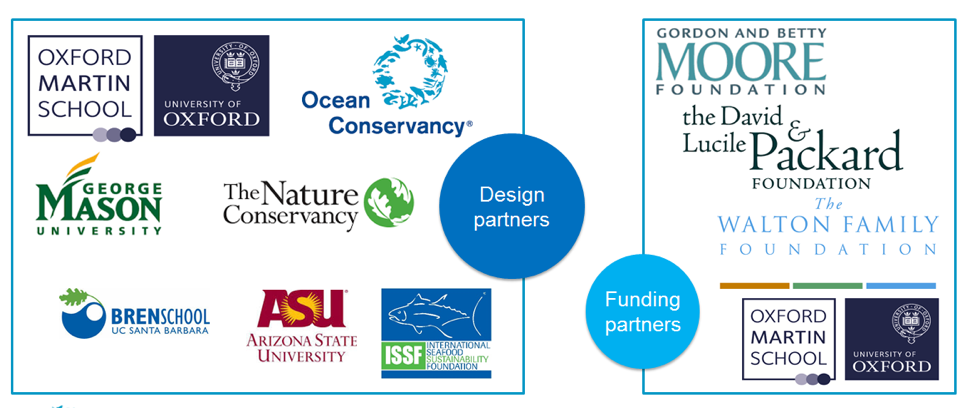
Our Solution
Using Technology to Improve Fisheries Management
The good news is that new techniques and analytical instruments are becoming available to help us rethink our approaches to ocean management. Ocean Conservancy is partnering with some of the world’s top scientists to lead the way. Together, we’ve launched POSEIDON, a joint project using advanced computer modeling to better understand the ecosystem, including the human dimension, to help identify simpler and better approaches to fisheries management.
POSEIDON uses an agent-based computer modeling approach that can better capture how individuals interact with the system, often in unintuitive ways. By working with local communities and fishermen to test the model across a wide range of fishery systems, we can begin to identify simple changes to our management approaches that really work for everyone.
Fisheries management has long since been approached by monitoring supply, i.e., fish populations, impacts to habitat, and reproduction rates. With new agent-based and ecosystem computer models, we are now able to see how the behaviors of fishermen respond to changes in policy, the environment and market forces impacts the demand side of the equation.
Ocean Conservancy will work collaboratively with international organizations and expert networks to sustainably manage fisheries worldwide. We’ll also lend our expertise to ensure that this agent-based tool is usable by decision-makers to shape policy and ensure sustainable fisheries for years to come.
A healthy and thriving ocean provides us all with the food we eat, the water we drink and the air we breathe. And, here at Ocean Conservancy we want to make sure that there are enough fish in the ocean to not only sustain wildlife in the marine ecosystem, but also to feed communities around the world.
Ongoing Projects
Eastern Pacific Tuna Management:
Tuna fishery management is complex. Tuna are highly mobile, and a single fish can cross the Pacific Ocean multiple times in its life. They are managed by many nations under international treaties, fished by multiple types of gear using a variety of fishing strategies, and catch multiples species.
The POSEIDON team is currently working on a collaborative project with the Inter-American Tropical Tuna Commission (IATTC), Arizona State University, and the University of Oxford to apply the model on critical management issues in Eastern Pacific tropical tuna fisheries. In particular, we will look at one of the major questions plaguing purse seine fisheries around the world: how to manage the proliferation of fish aggregating devices (FADs), which have increased exponentially in the last 10 years. Recent trends show that this increasing fishing capacity threatens the sustainability of bigeye and yellowfin tunas.
If successful, the POSEIDON model will help managers anticipate how fisherman and tuna stocks will respond to new management measures. We believe this capability will provide managers and stakeholders a picture of what may happen in the future and identify the unintended consequences of management decisions in advance–resulting in healthy, sustainably managed tuna stocks.
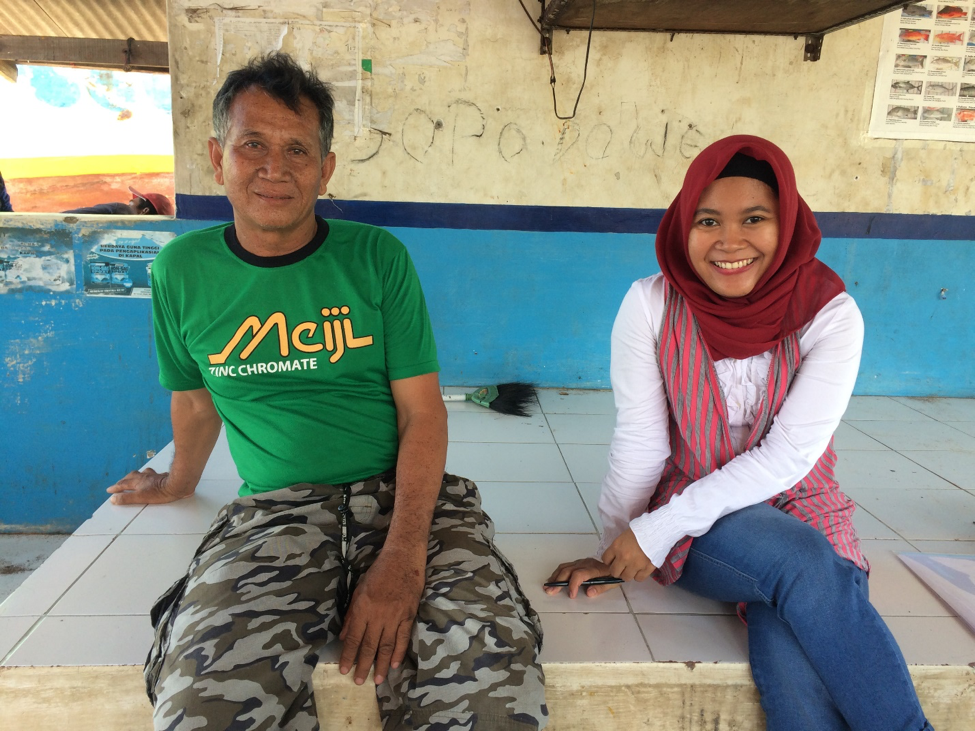
Indonesian Deep water snapper grouper fishery:
The POSEIDON team has partnered with The Nature Conservancy (TNC) Indonesia Fish Conservation Program to improve the sustainability of the deep water snapper fishery in Indonesia. The fishing fleet comprises over 6,000 vessels, from small motorized canoes to larger decked vessels, and catches over 100 different species. TNC has invested over the past couple of years in developing an innovative data collection program which provides vital information on species composition and volume of catch. OC is harnessing these datasets in POSEIDON to create a realistic simulation model for the fishery which will allow TNC and government decision-makers to explore the impacts and trade-offs of different management options and find the ones that best protect the fishery and livelihoods of the fishers and communities that depend on it.
Listening to Indonesian fishermen:
In order to make the “fishermen” in POSEIDON realistic, and adapted to the Indonesian context, we spent 4 months talking to Indonesian snapper fishermen. We’ve conducted almost 100 interviews to understand how local fishermen decide when and where to fish—weather, information sharing, financial needs, and cultural considerations—which we fed into POSEIDON to improve the accuracy of its analysis.
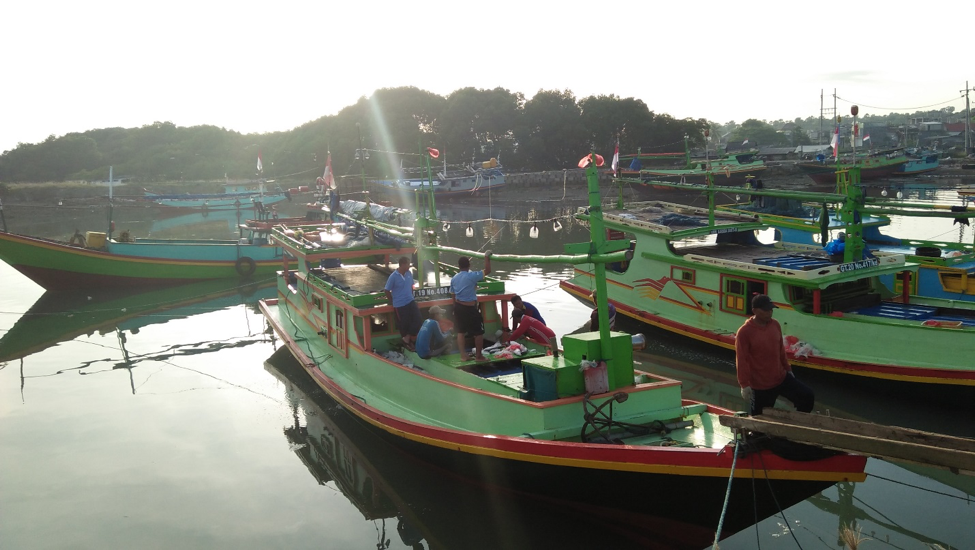
Resources
We are currently developing a user interface for the Poseidon model. For an overview of the model please see the resources below or reach out to us at [email protected].
Publications:
- Bailey, R.M., Carrella, E., Axtell, R., Burgess, M.G., Cabral, R.B., Drexler, M., Dorsett, C., Madsen, J.K., Merkl, A. and Saul, S., 2018. A computational approach to managing coupled human–environmental systems: the POSEIDON model of ocean fisheries. Sustainability Science, pp.1-17. https://link.springer.com/article/10.1007/s11625-018-0579-9
- Carrella, E., Bailey, R.M. and Madsen, J.K., 2018. Repeated discrete choices in geographical agent based models with an application to fisheries. Environmental Modelling & Software. https://www.sciencedirect.com/science/article/pii/S1364815217311064
Training Manual (including code repository):
Overview of existing fisher behavior models can be found here:
Related Posts
